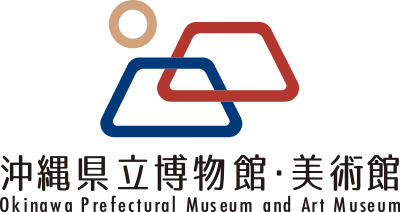- Home
- Exhibitions
- Narratives of Ryukyu and Japanese Pirates: People Across the Sea (Early Period)
Past exhibitions
This exhibition has ended
MuseumNarratives of Ryukyu and Japanese Pirates: People Across the Sea (Early Period)
2023.09.22(Fri) ~ 2023.11.19(Sun)

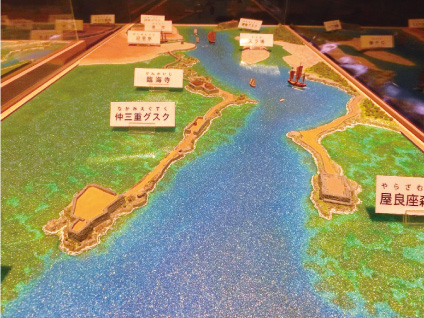 《Mouth of Kokuba River and Naha Port in the 16th century》
《Mouth of Kokuba River and Naha Port in the 16th century》The Wakō were a villainous group of Pirates who operated along the coastal areas of the Ryukyu Kingdom and mainland China, making their fortunes through trade with various countries. In this exhibition, we will tell you the story of these Pirates—both the good and the bad —through an examination of archaeological and historical materials.
The exhibition flyer can be downloaded here.
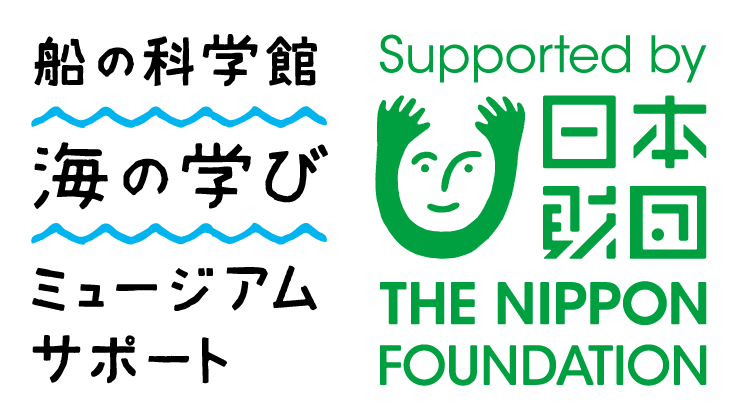 |
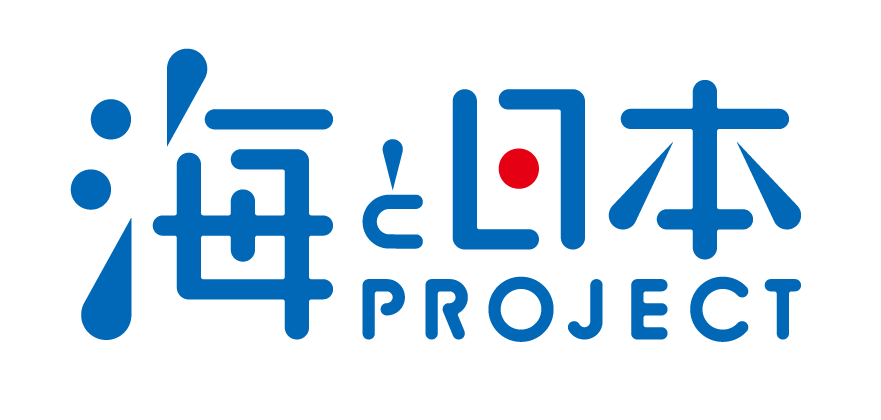 |
■prologue
The Wakō means "invasion by Japan" and is expressed as Japanese pirates in China and Korea. This exhibition looks at the world of medieval East Asian seas and the purpose of people's attempts to cross the sea, focusing on the Ryukyu Islands and the movements of Japanese pirates from the 14th to 16th centuries.
§1 The appearance of Japanese pirates and their movements
In the late 14th and early 15th centuries, Japanese pirates caused numerous damages along the coast of mainland China, and in the 16th century, the number of people engaged in smuggling across the sea increased.
At the same time, public security deteriorated in many areas.
In this chapter, we will look at the Japanese pirates and their oppressors from the data of the time.
§2 Trade in Ryukyu during the period of Japanese pirates' activities
From the latter half of the 14th century, when the activities of Japanese pirates became more active, Ryukyu began to actively develop its foreign relations. As a result, many goods were brought into Ryukyu from overseas regions.
We will look at the actual state of foreign trade in Ryukyu and the goods brought to various regions of Ryukyu through materials excavated from archaeological sites.
§3 Pursuing the footsteps of Japanese pirates
There are almost no records that show the arrival of Japanese pirates in the Ryukyu Islands. However, there are studies that have attempted to clarify the actual status of trade in the Ryukyu Islands after the war, as well as studies that have attempted to find traces of Japanese pirates in the Ryukyu Islands.
This chapter introduces the researchers involved.
■epilogue
The sea area in which the Japanese pirates operated was a disorderly space.
Today, however, the movement of people and goods across the sea has become faster and more reliable, transforming it into an orderly sea area.
We will explore the meaning of crossing the sea by looking at the logistics system of postwar Okinawa.
■Curator's Column
Museum Curatorial Lecture "Reading Historical Sites Related to Japanese Pirates: Toward the Holding of the Special Exhibition "Narratives of Ryukyu and Japanese Pirates"" Transcript
Highlights of this exhibition
Exhibitions
| Dates | 2023.09.22 ~ 2023.11.19 |
|---|---|
| Location | Special Exhibition Room 1,Planned Exhibition Room |
| Entrance fees |
General admission: 1,000yen (800yen) High School, College, and University Students: 600yen (480yen) Elementary and Junior High School Students: 400yen (320yen) Children younger than elementary school age: Free *Price shown in ( ) are rates for tickets purchased in advance and for groups of 20 or more. *Peoples with disabilities and one caregiver will receive half off the day-of-admission. (Please bring your ID for verification). |
| Hours | 9am-6pm (Open until 8pm on Friday and Saturday) *Last admission is at 5:30 p.m. |
| Closed | Closed Every Monday, Tuesday Oct 10. *Except for Monday Oct 9. |
Main pieces in the exhibition
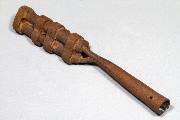
火矢 ・三眼銃

真珠湊碑文(拓本)

御物グスク表採陶磁器

渡閩航路圖



